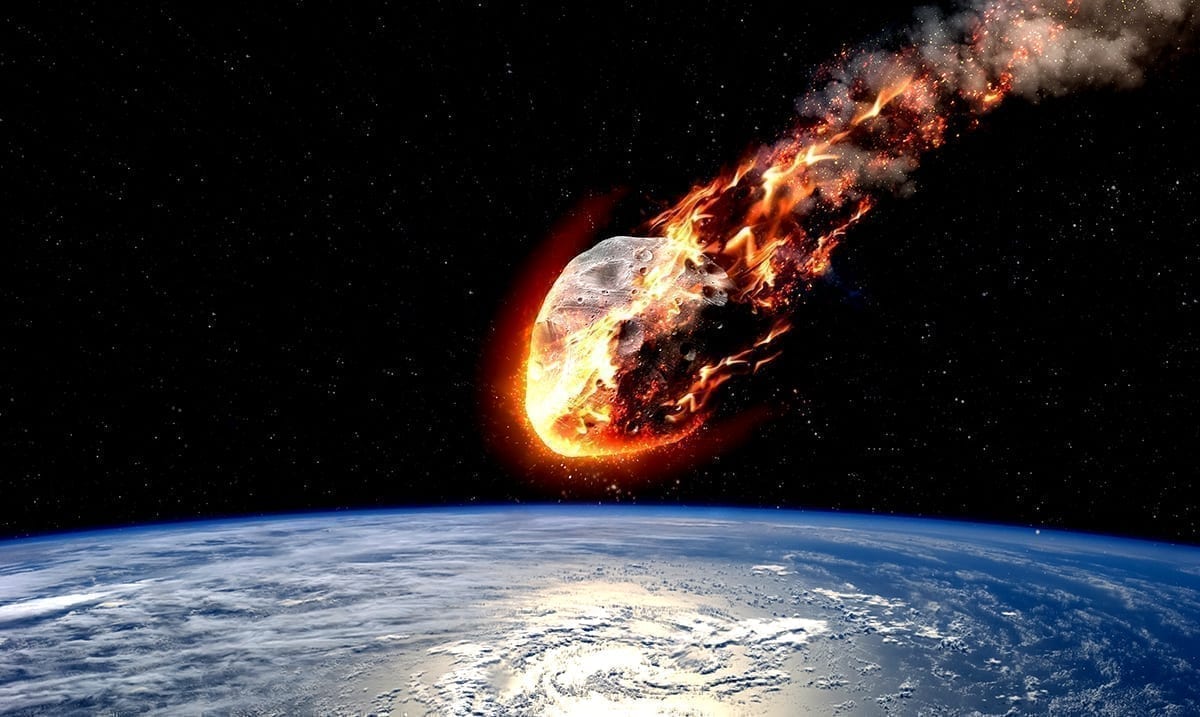Asteroids pass us by quite often, but they are all unique in their own ways. They are different shapes and sizes but also making their passes at different distances from us.
A decent-sized asteroid is to pass us by on September 1st as the title states but this specific space rock will be making a pass closer than our moon. Now, while it is not expected to be a threat and will not likely hit us, it is still something important to be aware of. Here on Earth, we don’t often stop to really grasp all of the things going on in space.
This specific asteroid could end up passing us by as close as 0.19 lunar distances, but we’re not entirely sure just yet on how close it will be as its orbit is not something we are able to completely pin down. We really don’t know much about this asteroid. Now, for those wondering this asteroid is asteroid 2011 ES4.
According to Earth Sky, this asteroid has a diameter of roughly 72 feet to 161 feet, and if it were to hit the planet, somehow it would not necessarily go unnoticed. It could possibly be compared to the Chelyabinsk meteor which back in 2013 broke windows and caused over a thousand people to seek medical treatment as a result of all of the flying glass. That being said, it at the very least wouldn’t end mankind which is something a lot of people seem to jump to when it comes to potentially dangerous asteroids and things of that nature becoming close to our planet.
Tech Times wrote as follows on this asteroid and its passing:
According to the database, the asteroid will pass by the Earth on September 1 at 10:49 A.M. Eastern Time. The 2011 ES4 will fly by at 0.00048 astronomical units away or about 44,618 miles. The distance is much closer to Earth than the moon, which is around 238,855 miles away.
While NASA has deemed its proximity as ‘potentially hazardous,’ the agency did not find it as a threat since its diameter is just small.
The CNEOS classified the 2011 ES4 to be an Apollo asteroid, which has a very wide orbit around the Earth and the sun, just like the other asteroids in this family. Its orbit intersects with that of the Earth’s from time to time as the planet completes revolving around the sun.
Scientists have not seen the asteroid since March 2011, so they hope to get a glimpse of its travel in September.
While this asteroid does hold a lot of potentials, it probably won’t hit us and even if it did, it’s more likely to land in water than it would be to reach a populated area. I know, hearing about this kind of thing can be scary but the more educated we all are on it the better. There really isn’t anything to be too concerned about with this close flyby.

